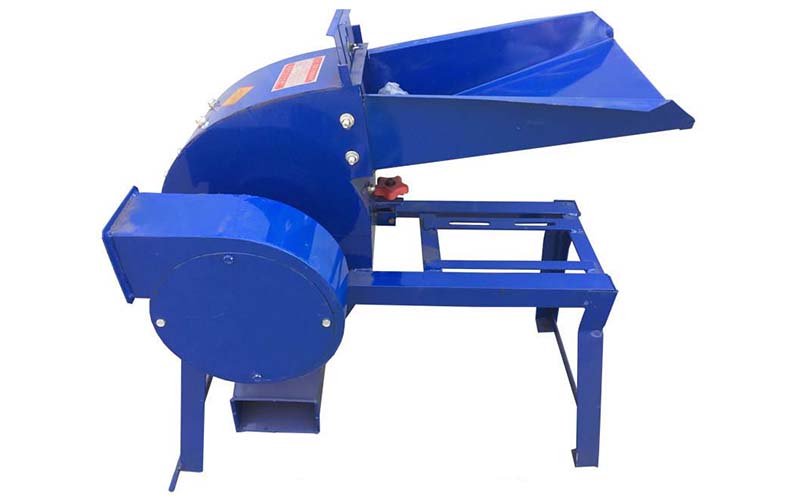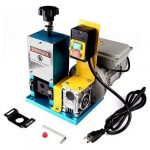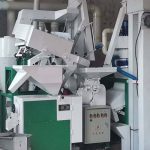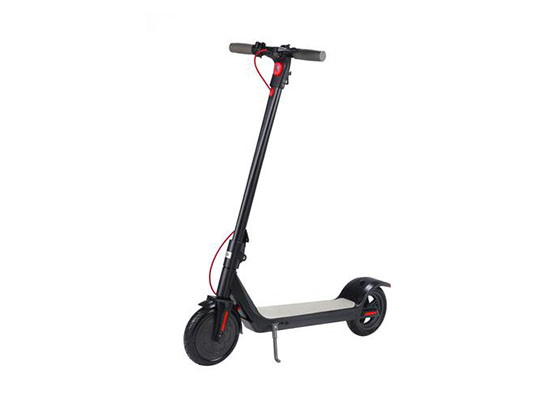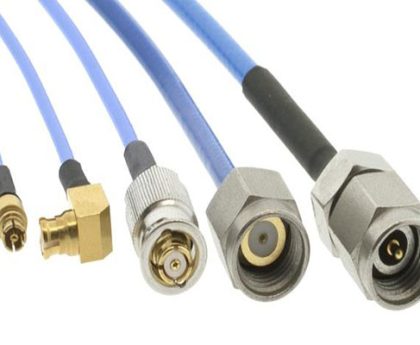A feed pulverizer is used to pulverize various feeds and various roughages. Feed pulverization can increase the surface area of feed and adjust the particle size to improve palatability.
It is easy to contact the digestive juice in digestion edge, which is conducive to improving digestibility. , better absorption of feed nutrients. Adjusting the particle size – on the one hand, it reduces the energy consumed by livestock and poultry chewing, and on the other hand, it is more convenient for transportation, storage, mixing and granulation, and the efficiency and quality are better.
There are many types of feed mills. How to choose a suitable feed mill correctly, the principle of selection is below.
Type
The first thing to consider is what kind of raw material the purchased pulverizer is pulverized.
If the grain feed is mainly crushed, We can select the hammer mill with top feeding; if the bran and wheat feed is mainly crushed, We can choose the claw crusher;
if good versatility is required, such as crushing grains, Taking into account the cake and straw, you can choose a tangential feeding hammer mill;
For crushing mineral feeds such as shells, you can select a shell-free sieve mill; if it is used as a pretreatment for premixed feed, the product’s particle size is required to be very high. If it is fine and can be adjusted according to needs, special sleeveless pulverizers should be used.
Power
The pulverizer’s rated production capacity (kg/h) is listed on the manual and nameplate of the general pulverizer. But should pay attention to a few things:
Rated production capacity
The rated production capacity is generally based on crushed corn; the moisture content is the safe storage moisture (about 13%) and the output when the sieve with φ1.2mm aperture is removed from the stage because corn is For the commonly used grain feed, the sieve with a diameter of 1.2mm is the smallest sieve hole commonly used.
At this time, the production capacity is small, which considers the more common and complex state in production.
Production capacity
The production capacity of selected pulverizer is slightly larger than actual required production capacity, and the continuous production and supply of feed will not be affected when the production capacity of the pulverizer is reduced due to hammer wear and air leakage.
Energy consumption
When purchasing, it needs to consider energy saving. According to the standards of relevant departments, when the hammer mill crushes corn with a 1.2mm mesh screen, the output per kilowatt-hour of electricity shall not be less than 48 kilograms.
The kWh output of domestic hammer mills has greatly exceeded the above regulations, and the high-quality ones have reached 70-75 kg/kWh.
Supporting power of the pulverizer
The supporting power of the pulverizer. The machine manual and nameplate contain the power kilowatts of the electric motor of the crusher. It often indicates not a fixed number but a certain range.
For example:
- 9FQ-20 type pulverizer: the supporting power is 7.5-11kw;
- 9FQ-60 type pulverizer: the supporting power is 30-40kw.
There are two reasons for this. One is that the power required for crushing different types of raw materials is quite different.
For example, under the same working conditions, the power of crushing sorghum is twice as significant as that of crushing corn. Second, when changing to different meshes, the load of the pulverizer has a great influence.
Some people think that when the 9FQ-60 type pulverizer uses a sieve with a φ1.2mm mesh, the motor capacity should be 40kw.
When the sieve with a φ2mm mesh is replaced, a 30kw motor can be selected, and a φ3mm mesh is a 22kw motor. Otherwise, it will cause some kind of waste.
We can use the following empirical formula for hammer mill. 1v=6.4 — 10.5Q(kW) In the formula: 1v – supporting power (kW) Q – Rated productivity of pulverizer (T/h) 6.4 – 10.5 is the coefficient, the small value is taken for coarse crushing, and the large value is taken for fine grinding.
Discharge method
It should consider the discharge method of the pulverizer. There are three method to output the crushed products through discharge device:
- self-weight blanking,
- negative pressure suction
- mechanical conveying.
Small single machine mostly adopts the self-weight cutting method to simplify the structure. Most of medium-sized pulverizers are equipped with a negative pressure suction device.
The advantage is that it can absorb the moisture of finished product, reduce the humidity in finished product, which is beneficial to storage, improve the pulverization efficiency by 10-15%, and reduce the dust in the pulverizing chamber. Desktop crushers mostly use mechanisms conveying with an output greater than 2.5T.
Dust and noise of the pulverizer.
Dust and noise in feed processing comes from pulverizers.
These two sanitation indicators should be fully considered when selecting models. If a pulverizer with high noise and dust is chosen as a last resort, It should take noise reduction and dust-proof measures to improve the working environment and benefit the health of operators.
